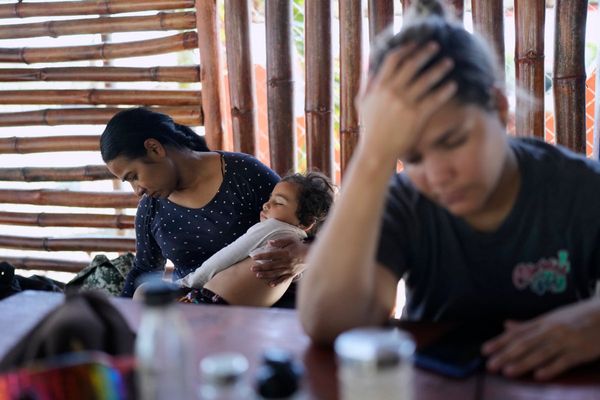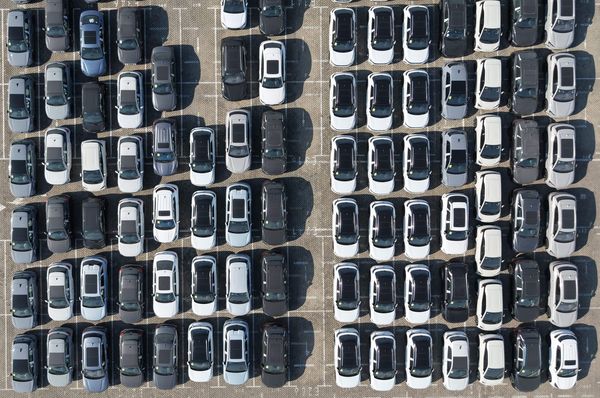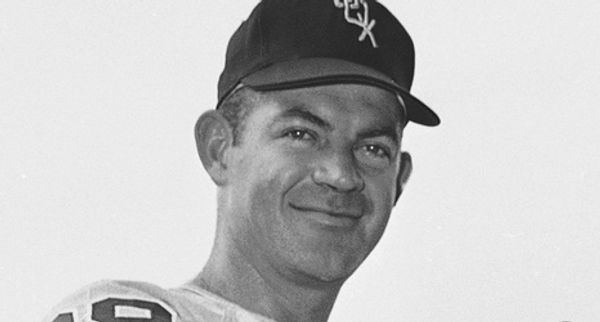
LONDON (AP) — A recent hostage-for-prisoner swap between Israel and Hamas has shed light on the intricate dance of optics and propaganda that accompanies conflicts of this nature. The exchange, which took place amidst a 16-month ground war, showcased the strategic use of images to shape public perception and influence negotiations.
Throughout history, hostage situations have been marked by the deliberate dissemination of images to evoke emotional responses and drive action. From the Lindbergh baby kidnapping to more recent incidents like the Daniel Pearl case, visuals have played a crucial role in shaping the narrative surrounding such events.
The Israel-Hamas conflict, heavily documented on social media, has seen both sides leveraging images to portray themselves in a favorable light while demonizing their opponents. The release of hostages has been turned into elaborate spectacles, with Hamas using the opportunity to showcase its resilience and control over Gaza.











However, behind the staged scenes of reunions and celebrations lies a grim reality. The conflict has taken a heavy toll on both sides, with thousands dead and widespread destruction in Gaza. The ceasefire, while providing a temporary respite, has left many grappling with the aftermath of the violence.
As the world watches these events unfold through a lens of media coverage, the true impact of the conflict is felt by those directly involved. Families torn apart by abductions and hostage situations face a long and arduous journey towards healing and recovery.
Ultimately, the images that emerge from this conflict serve as a stark reminder of the human cost of war and the complexities of navigating political and humanitarian crises in a media-saturated world.







